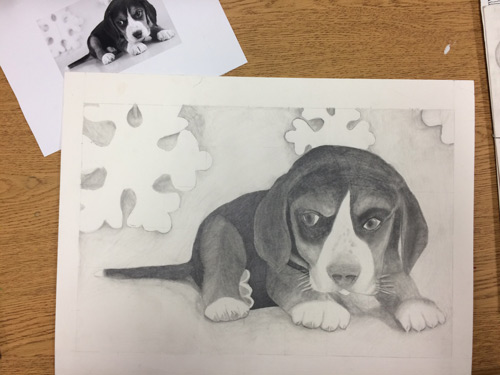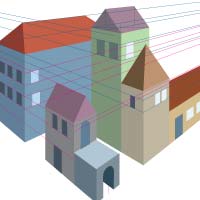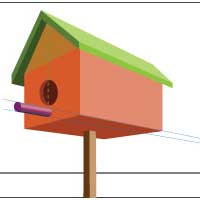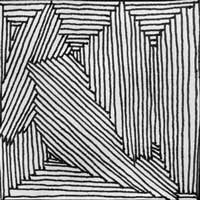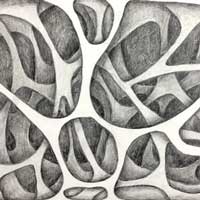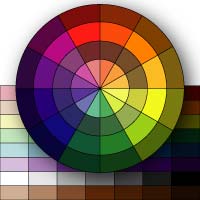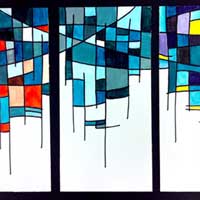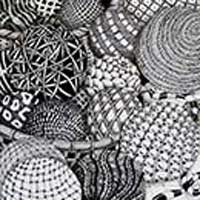by JuliannaKunstler.com
What Is It We Expect Students to Learn?
units
| Description of Standard | Example of Rigor | Prerequisite Skills | When Taught? | Common Summative Assessment | Extension Standards |
|---|---|---|---|---|---|
| What is the essential standard to be learned? Describe in student-friendly vocabulary. | What does proficient student work look like? Provide an example and/or description. | What prior knowledge, skills, and/or vocabulary are needed for a student to master this standard? | When will this standard be taught? | What assessment (s) will be used to measure student mastery? | What will we do when students have already learned the standard? |
Unit 1: Line(includes formative assessment - worksheets, practice, and feedback) Students will:
|
Students will create designs made with lines only (line is the only Element of Art used) Students will demonstrate precision skills in drawing lines:
|
|
Weeks 1-3 continued use throughout the course |
Project performance: Line Repetition Design Rubric:
|
Depends on individual student:
|
Unit 2: Shape/Form(includes formative assessment - worksheets, practice, and feedback) Students will
|
Students will demonstrate two major drawing skills:
|
|
Weeks 4-8 continued use throughout the course |
Project performance. Tessellations Hand & Flowers Rubric:
|
Depends on individual student:
|
|
Students will demonstrate their skills by creating a series of art assignments:
|
|
Weeks 9-13 continued use throughout the course |
Project performance. Value design 1 Value Design 2 Value drawing - photorealism Rubric:
|
Depends on individual student:
|
| Description of Standard | Example of Rigor | Prerequisite Skills | When Taught? | Common Summative Assessment | Extension Standards |
|---|---|---|---|---|---|
| What is the essential standard to be learned? Describe in student-friendly vocabulary. | What does proficient student work look like? Provide an example and/or description. | What prior knowledge, skills, and/or vocabulary are needed for a student to master this standard? | When will this standard be taught? | What assessment (s) will be used to measure student mastery? | What will we do when students have already learned the standard? |
Unit 4: Color(includes formative assessment - worksheets, practice, and feedback) Students will
|
Students will demonstrate their skills by creating a series of art assignments:
|
|
Weeks 1-6 continued use throughout the course |
Project performance. Color Wheel Rubric:
|
Depends on individual student:
|
Unit 5: Space(includes formative assessment - worksheets, practice, and feedback)
|
Students will demonstrate their skills by creating a series of art assignments:
|
|
Weeks 7-14 continued use throughout the course |
Project performance. (summative assessment projects) Rubric:
|
Depends on individual student:
|
Unit 6: Texture(includes formative assessment - worksheets, practice, and feedback) Students will
|
Students will demonstrate their skills by creating a series of art assignments:
|
|
Weeks 15-18 continued use throughout the course |
Project performance. (summative assessment projects) Rubric:
|
Depends on individual student:
|

